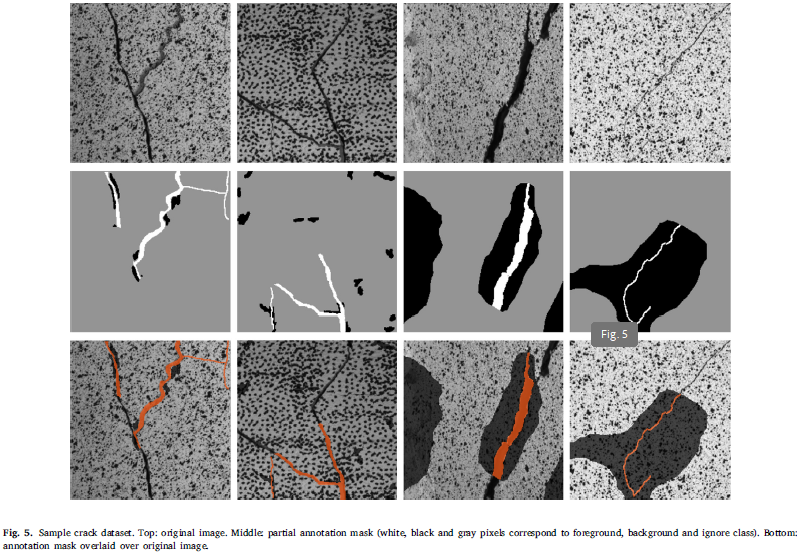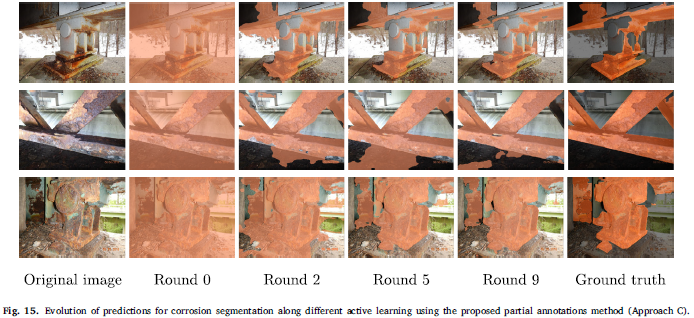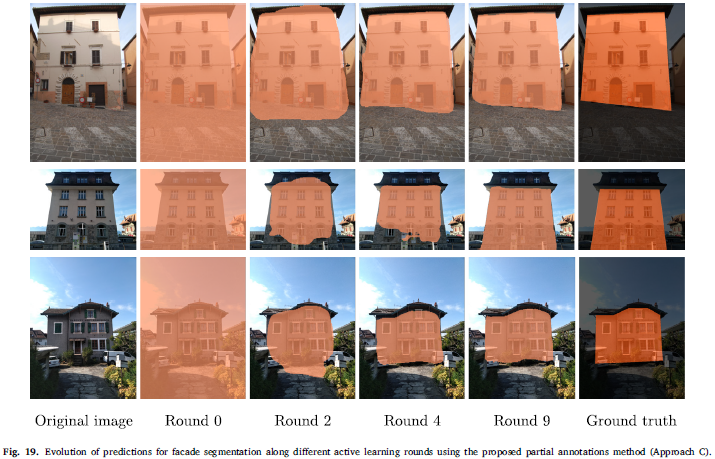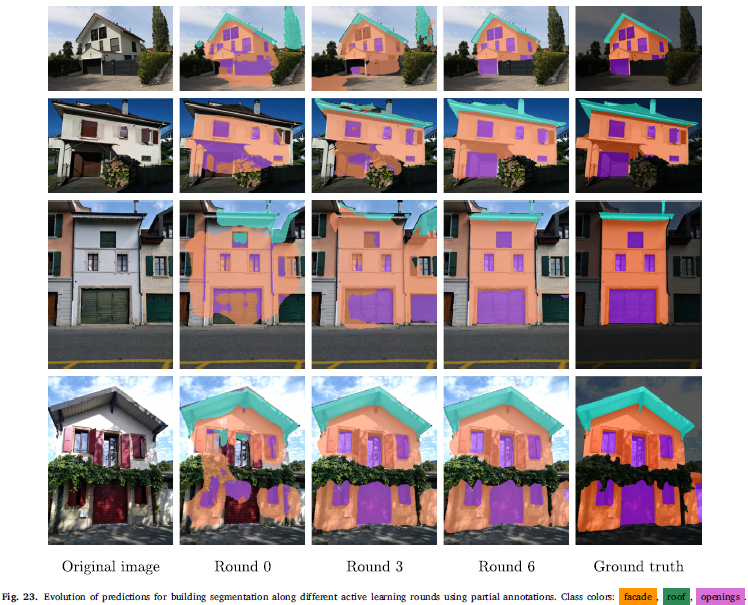Partial annotations in active learning for semantic segmentation
This post refers to a method for training semantic segmentation deep learning models using partial annotations in an active learning framework. The methodology was presented in the paper “Partial annotations in active learning for semantic segmentation” by Pantoja-Rosero et., al. (2024).


Abstract
Semantic segmentation with deep learning plays a crucial role in various fields, including civil engineering, particularly in tasks such as damage assessment and urban planning. This paper addresses the challenge of efficiently training deep learning models for semantic segmentation with a limited set of annotated data, thus reducing the burden of ground truth labeling. An active learning strategy is introduced, leveraging partial annotations informed by predictions and uncertainties from previously trained models. Unlike other active learning frameworks, this approach not only facilitates the annotation of highly uncertain image regions but also targets those with low uncertainty, which often lead to false positives and negatives. The results demonstrate that using partial annotations within an active learning framework significantly reduces manual annotation efforts and training time without compromising model performance. These findings have substantial implications for the efficiency and scalability of deep learning in civil engineering, paving the way for future research in active learning and semantic segmentation.


